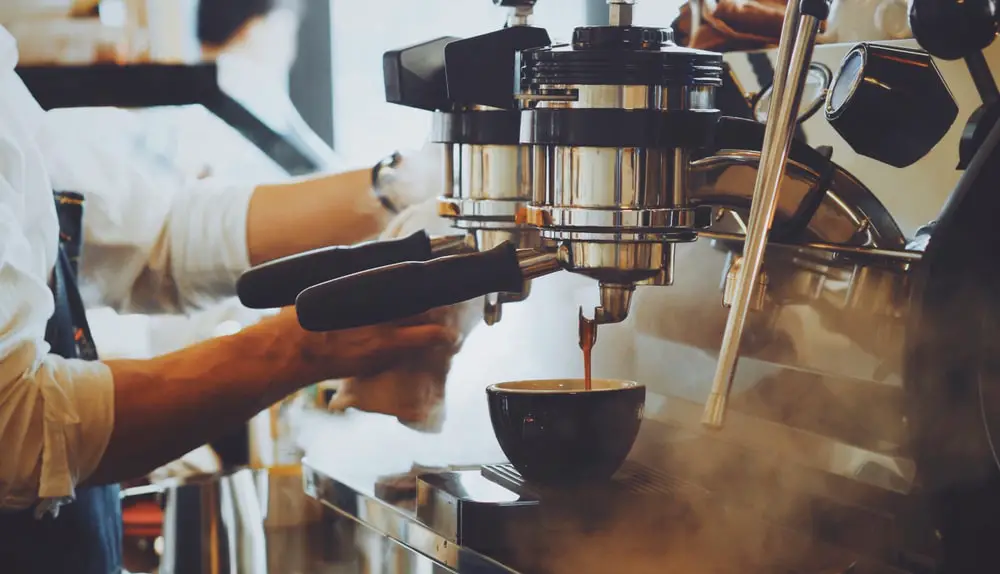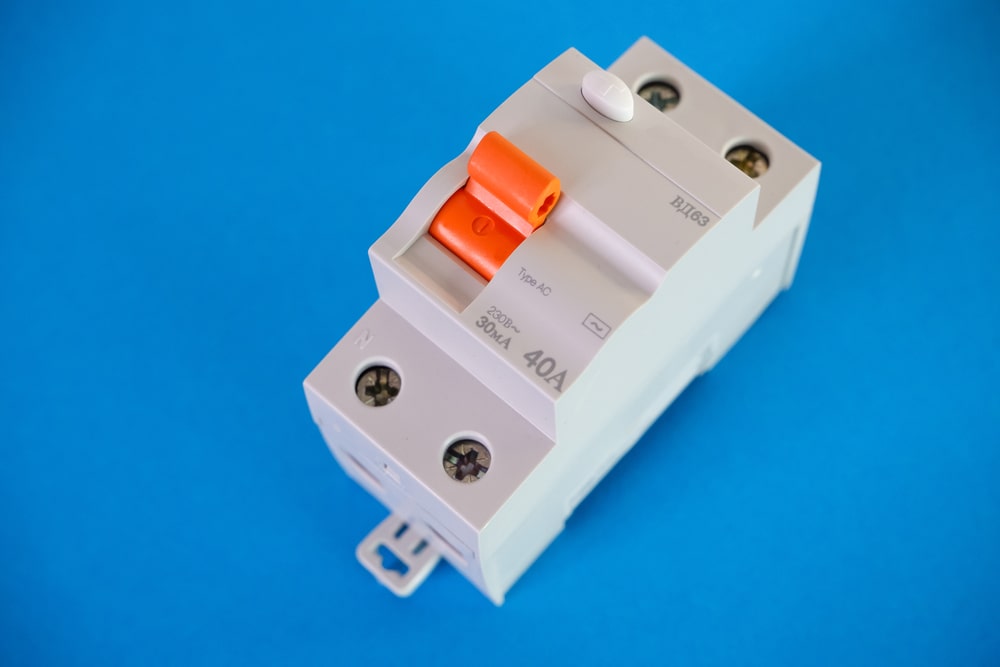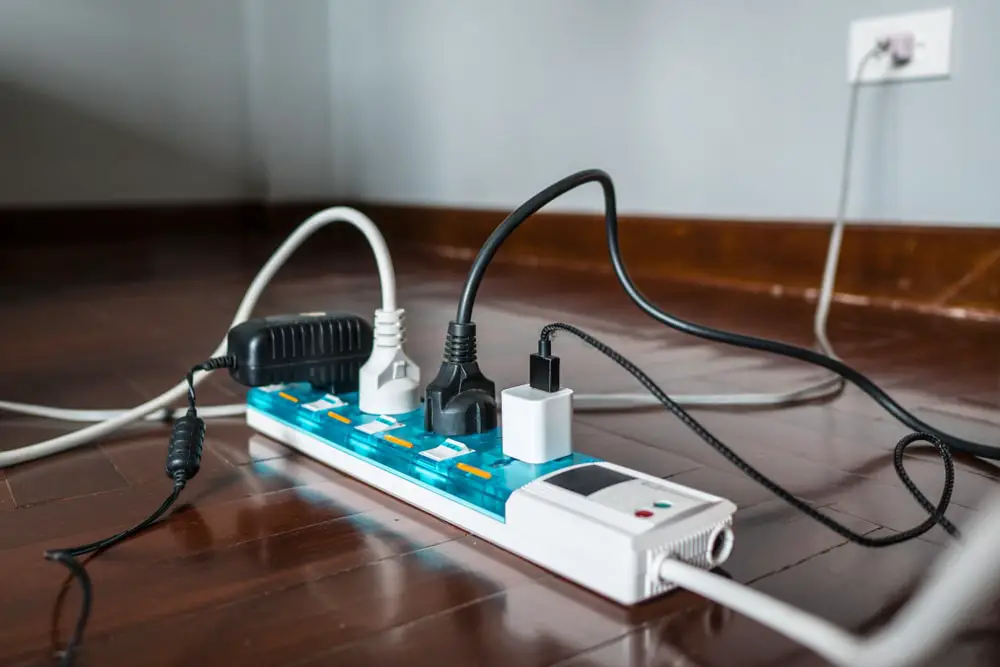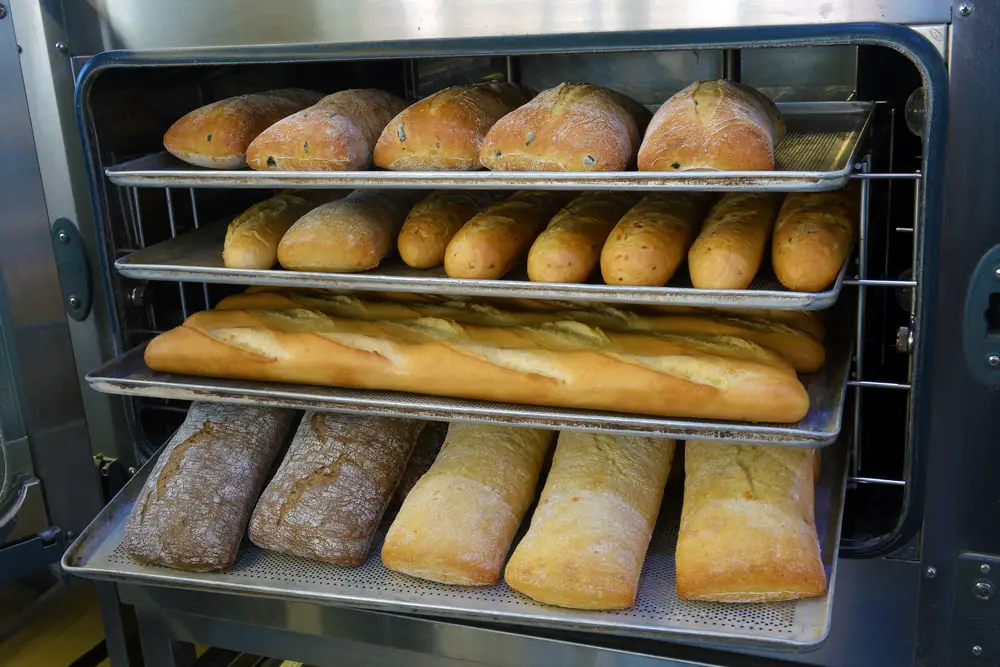The beverage market in the USA is growing rapidly, resulting in the emergence of an increasing number of new cafés. At the same time, coffee machines for the store are becoming more popular and preferred by shop owners than ever before, thanks to their clever design and numerous adaptable features. This equipment assists baristas in creating more distinctive concoctions and reducing preparation time, allowing them to compete in the beverage market. Currently, numerous coffee-making gadgets are being used in households to make it easier to produce several wonderful cups of coffee quickly.
When utilizing a coffee machine in a store or at home, however, the installation and connection of the power supply are not straightforward. Can you plug a coffee maker into a power strip? Which equipment should never be connected to an electrical outlet? To discover out, keep reading.
Where To Install A Coffee Machine?
Coffee machines at cafes are usually professional equipment with enormous capacities, and the water supply and waste lines are dismantled, making installation difficult and necessitating the assistance of an installation specialist.

However, since home coffee makers are designed to be compact, customers may install them alone or with the assistance of an expert.
How To Install A Coffee Machine Properly?
Minor problems may inevitably occur throughout the course of operating the machine, so you should inspect and clean it on a regular basis, and be aware of the most typical coffee machine errors.
Step 1: Choose A Location For The Generator.
Each coffee shop’s dispensing counter will be different, based on the size and style of the counter, therefore the owner must decide where the coffee machine and grinder should be placed to aid with the operation. Making holes in the bar top so that water supply lines, electricity cables, and waste wires may be readily threaded beneath the bar. Under the coffee machine, a 60mm diameter hole is required.
Step 2: Locate The Water Supply And Drainage Systems.
The machine’s water supply is critical for guaranteeing customer food safety and cleanliness; also, using clean water that has been filtered through the filter system extends the life of the customer’s equipment system. Avoid a slew of unneeded mishaps brought on by water sources.
The water supply and drainage system will be situated beneath the bar where the machine is located, allowing for a closer and more reliable water supply and drainage to the machine.
Users of home coffee machines can manually pour water into the machine’s water tank, but it’s important to remember to use soft, clean water for good coffee.
Step 3: Get The Power Supply System Ready.
One Aptomat CB30A (used for coffee machines) 6000W 30A super load socket will be installed beneath the bar for coffee grinders, blenders, and juicers. To avoid overloading and a power supply short circuit, customers should not choose a lower load capacity. To guarantee safety, the electrical system should be installed far above the ground.

Note: 2-group generators typically use 3-phase power with full phase (L), neutral (N) blue, and ground (E) green yellow stripe. If the installation location has a three-phase power supply, connect it directly to it, being sure to connect the ground wire as well.
If the installation location only has a single-phase civil power supply, we must short the three-phase wires (L) to produce one (must identify exactly three-phase wires) and connect to a one-phase CB with the proper capacity.
Is It Safe To Use An Electric Extension Cord To Power The Coffee Maker?
When utilizing electrical equipment, connect them to two- and three-phase power strips that operate with standard household circuits up to 220V.

Although you may believe that brewing your daily cup of coffee requires little energy, most espresso machines require a significant amount of amperage to transform roasted beans into hot coffee beverages. That means if you don’t plug your coffee maker into an outlet, you’ll end up having a pot of half-brewed coffee.
However, the answer would be yes, no problem for small coffee machines like the Keurig. You can operate your coffee maker securely if it utilizes a standard plug to connect to the power strip.
If you want to use a high-capacity coffee machine or install one in a coffee shop, it’s critical to understand the power requirements carefully. This equipment is frequently unsafe to operate in a surge protector.
What Electrical Devices Should Not Be Plugged Into A Power Strip?
There must be several electrical outlets throughout your home, but you may occasionally notice a shortage of more outlets and their connection. However, some gadgets should not be plugged into such outlets, such as:
The Fridge And Freezer
Large appliances, such as refrigerators, consume a lot of energy and are regularly turned on and off, causing the power strip to become overloaded. These gadgets require a dedicated power outlet. You risk interrupting the circuit by plugging many gadgets into the same socket.
Microwaves
In comparison to traditional ovens, a microwave oven quickly prepares, defrosts, cooks, and reheats food. However, all of those magical feats demand more energy than a power strip can offer. Microwave ovens, like normal electric ovens, require their own separate power source.
Oven For Baking Bread
To make the bread crispy on the outside, it is cooked at a high temperature in an oven with red-hot wires. As a result of the current required by such lines, the power strip might rapidly overheat. Toasters, electric skillets, and waffle irons are all affected by the same problem.

Slow Cooker
When you connect your slow cooker to an electrical outlet to make room for other countertop appliances, you might think you’re being clever, but you’re mistaken. These culinary gadgets consume more power over time than the power strip can provide. Because the beauty of a slow cooker is that it can cook while you’re away, be sure it’s safely hooked into a power socket.
Equipment For Hair Care
Hairdryers, curling wands, and irons all need a significant amount of electricity. In fact, any heat-operated hairdressing item must be plugged directly into a wall outlet to prevent tripping the circuit breaker — preferably a GFCI outlet to reduce the possibility of accidental water exposure, which is one of the most common bathroom risks.
Air Conditioners And Heaters That Are Portable
When portable heaters and air conditioners are turned on, they create a lot of currents. This action may cause a breaker to trip or severe overheating if the power strip is overloaded. As a result, you should always connect these gadgets to a dedicated outlet.
Pump That Can Be Submerged
In the case of a flood, a sump pump is frequently the final line of defense for a dry basement. Sump pumps cannot be used with most power strips since they are not designed to work in damp or humid environments. In the case of a flood, instead, connect a sump pump to a GFCI outlet, ideally one that is situated higher than the floor.
Compressor
Portable air compressors are useful home aids for aspiring DIYers, but they use a lot of energy to get started. Use a heavy-duty extension cable designed for maximum use instead of overloading the power strip and get the most out of your aircraft gear.
Final Thought
It would be fantastic if you could afford to buy a coffee machine for your house or coffee shop, but keep in mind that power is a delicate commodity that should be used with caution. Have fun with your cups of coffee and don’t forget to follow my next post.